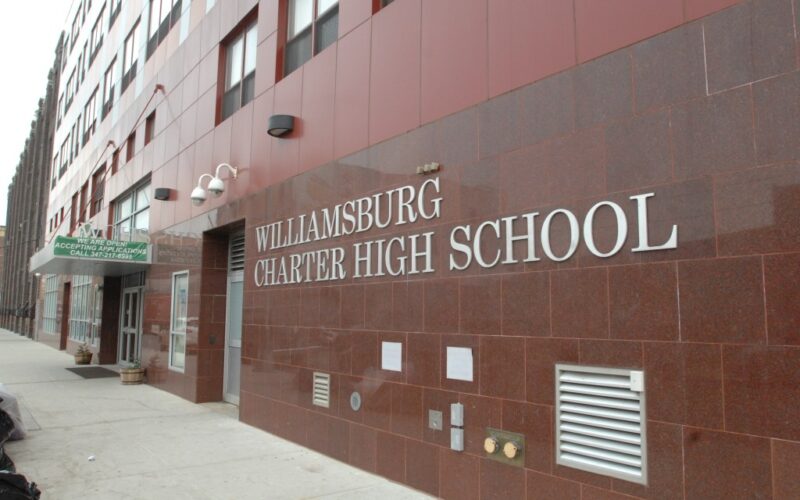In spring 2021, as I helped reopen a charter elementary school in East New York after months of COVID closures, a mother asked me, “Do I really have a choice?” Her son had just finished a year in a nearby public school with three different math teachers, no music, and no working toilets on his floor. A week earlier, the city sent her a list of “alternative enrollment options,” all of them charters.
At the time, I was the director of operations and invested in promoting these options. Looking back, her question lingers, not because she lacked alternatives, but because none, including mine, were built to transform the system that failed her in the first place.
Today, families in neighborhoods like hers are still steered toward charters by a system that underfunds public schools and then promotes charters as the only escape. In April, Mayor Adams reversed $167 million in early childhood and special education cuts just as seven new charter schools were approved. It is a familiar pattern of disinvesting in one option while expanding the other, a pattern that has repeated for years.
As of the 2024–25 school year, there are 286 charter schools in New York City serving about 150,500 students, roughly 15% of the public school population. Enrollment has grown by more than 12% since 2019, even as district schools have lost students.
In neighborhoods shaped by decades of disinvestment, crumbling infrastructure, and high teacher turnover, charters can act as lifeboats. They often outperform nearby schools in attendance, math, and behavior. For some families, they offer safety and stability when the alternative is dysfunction and decay.
However, calling charters a victory mistakes a patch for a plan. Many are underfunded, unstable, and academically similar to their public counterparts. Studies show performance is uneven, with some charters underperforming traditional schools. Even the best often rely on young teachers who burn out quickly.
Growth can worsen segregation by race, by income, and by learning need, while draining resources from neighborhood schools that are already struggling to meet basic needs.
Charters have introduced useful practices such as longer school days, targeted instruction, data-driven interventions, and restorative discipline. Some have improved college enrollment rates for low-income students. Yet these achievements are limited in reach and do not address systemic inequities that persist across the city.
Financially, many charters begin with generous philanthropic seed funding for small classes, innovative curricula, and competitive salaries. When that funding ends and they depend solely on public per pupil dollars, the model falters.
One charter I know began with the promise of six-figure salaries for teachers, but now demotes senior staff to cut costs, which hurts morale and disrupts students’ education. This instability makes it nearly impossible to deliver consistent quality over time.
We should learn from what works, but charters are not a scalable or sustainable blueprint for fixing education. Their gains reach only a subset of students, often for a limited time, and can reduce urgency for reform in the public system. If charters were truly transformative, why do admissions of Black and Latino students to elite high schools such as Stuyvesant continue to fall year after year?
As education historian Diane Ravitch has argued, instead of expanding charters, we should focus on making all public schools excellent. That means adopting best-practice models citywide that include real-time data, targeted interventions, and structured teacher support.
Districts such as Chicago and Dallas have used these strategies with promising results. We could design accountability systems that reward instructional improvement rather than outsourcing success to external operators, as New York’s Consortium schools have demonstrated is possible.
We could take equity seriously by redrawing school zones, expanding magnet programs, and implementing shared enrollment models. Cities such as Cambridge, Mass. and San Antonio have already shown these reforms can work locally.
The next mayor’s budget must reflect this priority. If $100 million is allocated for charter expansion, at least half should go to public schools that are committed to reform and measurable improvement. Equity, excellence, and opportunity cannot depend on a parallel system built for a fraction of students while the majority are left behind.
Charter schools can serve a purpose when public schools fail, but they should not outlast that purpose. New York’s focus should be on building a public school system that does not require a lifeboat in the first place.
Loera is the director of people and culture at Room to Grow and a Paul and Daisy Soros and Public Voices Fellow with the OpEd Project.








